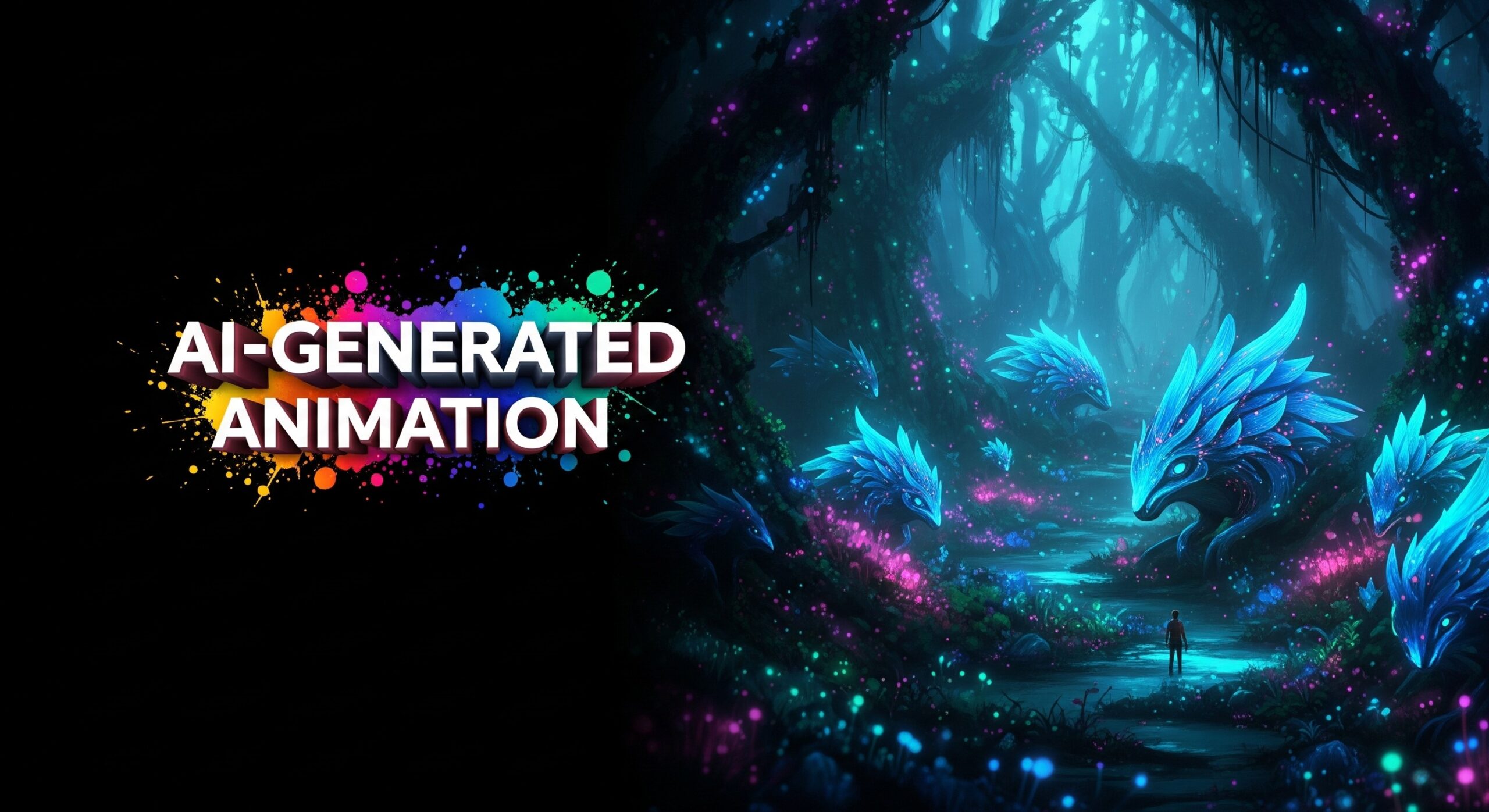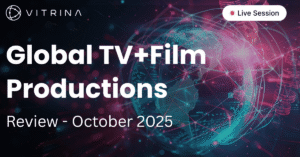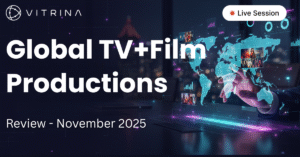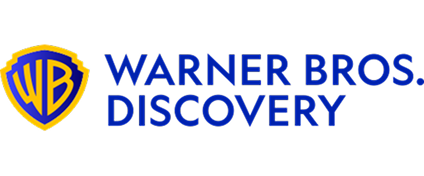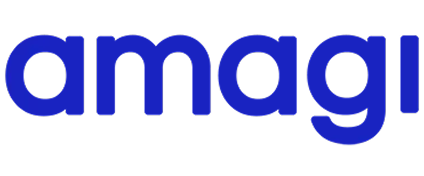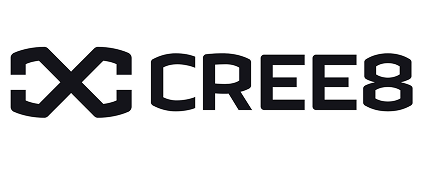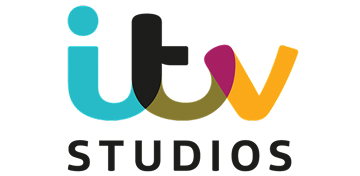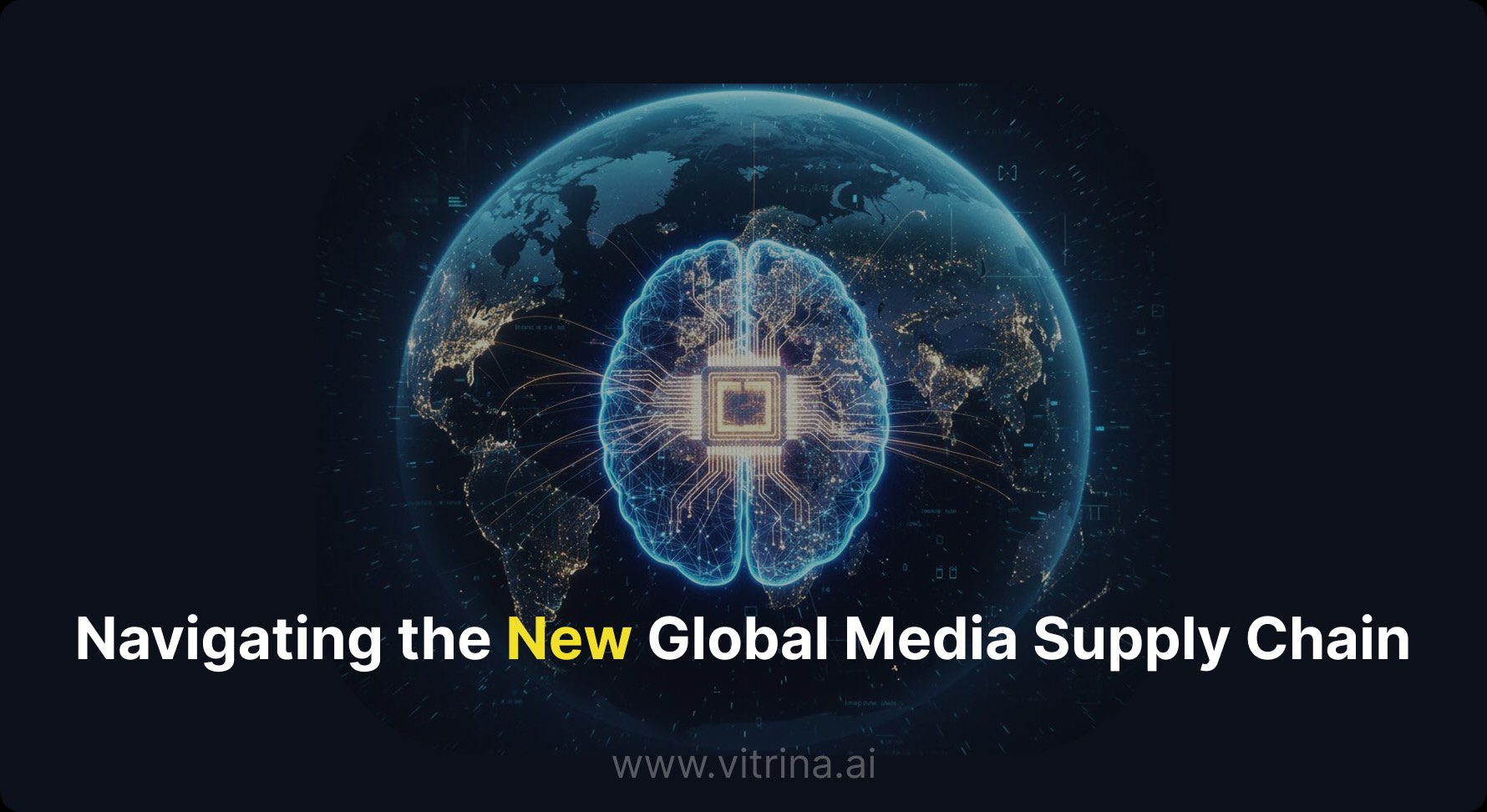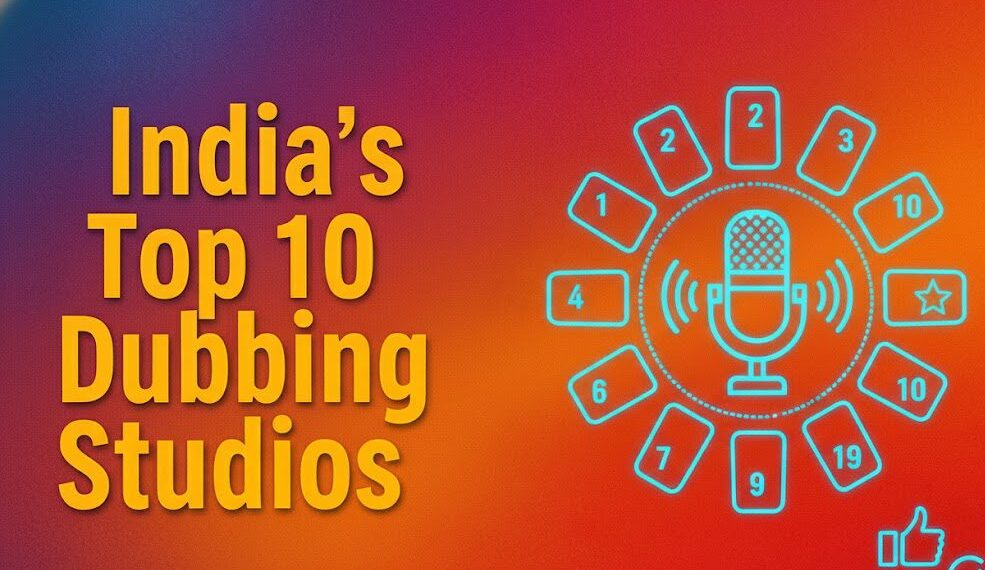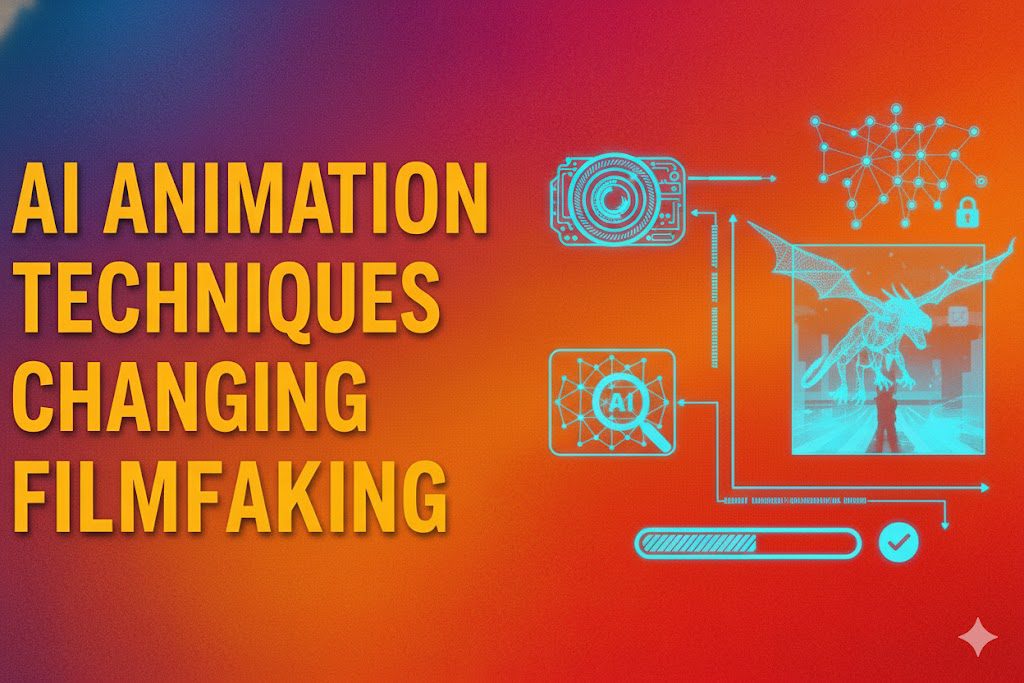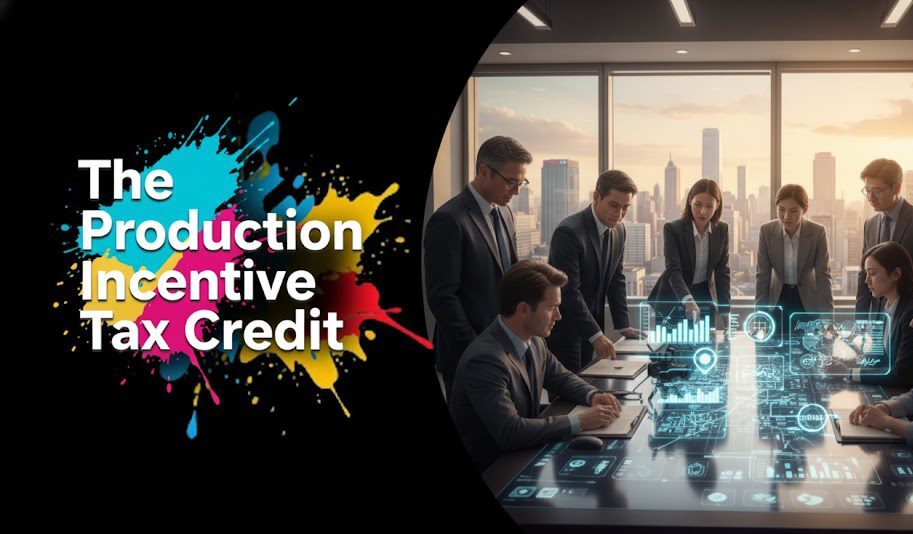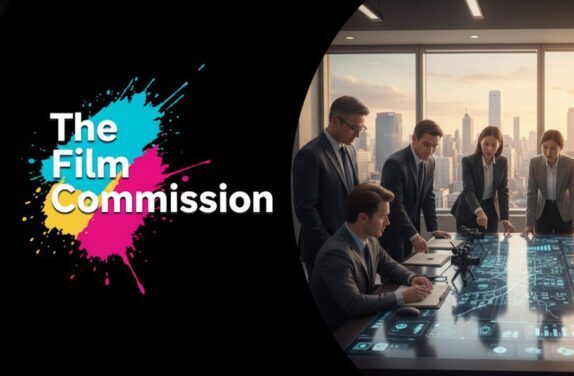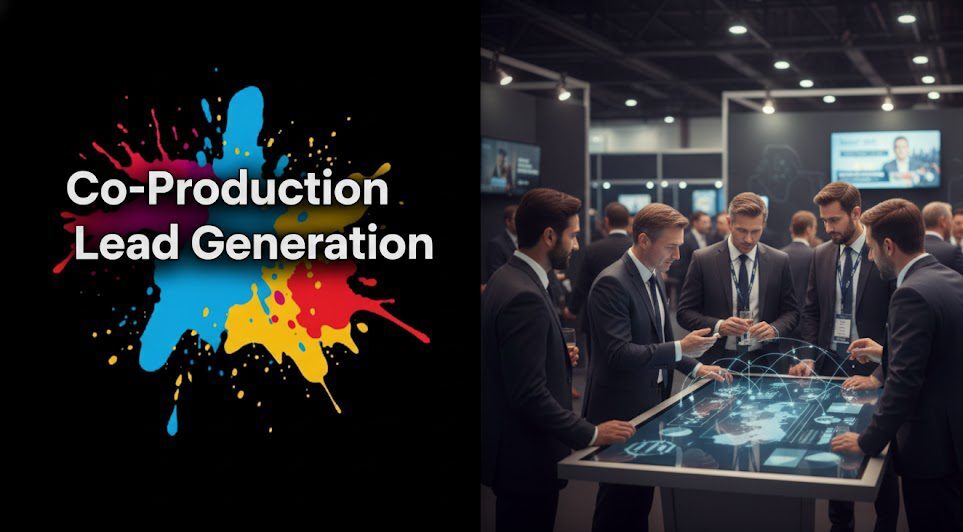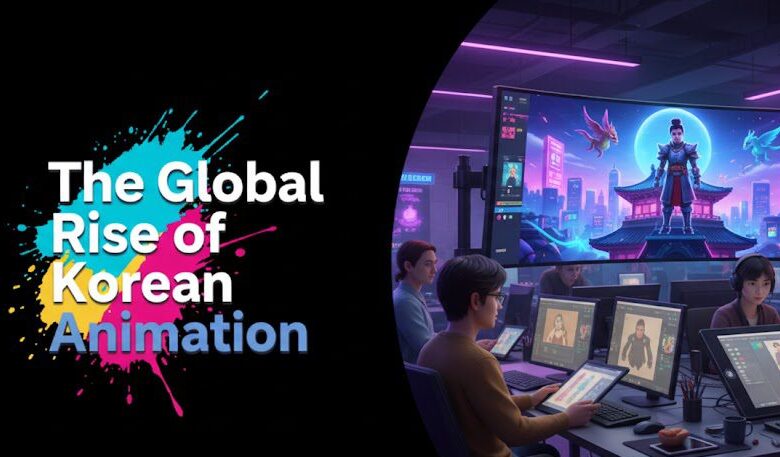The Future of AI-Generated Animation
Artificial intelligence is fundamentally reshaping the animation industry specifically AI-Generated Animation, transitioning from a futuristic concept to an indispensable tool that enhances creativity, streamlines production workflows, and opens unprecedented avenues for visual storytelling. Far from replacing human artists, AI is empowering animators to achieve new levels of expressiveness and efficiency.
Transforming the Animation Pipeline
AI-powered technologies are being integrated across every stage of animation production:
- Pre-Production: AI assists with concept generation, storyboarding, and initial visual development. Tools leveraging generative AI, such as DALL-E 2 and Midjourney, enable artists to rapidly explore a multitude of visual ideas from simple text prompts, accelerating the ideation phase.
- Character and Scene Animation: AI significantly enhances character rigging, motion capture, and facial animation. Algorithms analyze vast datasets of human movement and expressions to generate incredibly realistic and nuanced character animations, including precise lip-syncing. This automation of repetitive tasks, such as in-betweening (creating intermediate frames), can reduce production times by 30-50%, allowing animators to focus on core creative aspects like character performance and narrative depth.
- Visual Effects and Rendering: AI-driven software is optimizing the creation of complex visual effects, enabling seamless integration of elements like water, fire, and dynamic weather. Furthermore, AI-powered rendering technologies accelerate the rendering process, allowing animators to visualize and refine scenes in real-time.
- Workflow Optimization: AI streamlines numerous technical tasks including automated rotoscoping, smart asset tagging, and enhanced color grading, improving overall production efficiency and cost-effectiveness.
Expert Perspectives and Industry Trends
Industry experts emphasize that AI acts as a powerful assistant, augmenting human ingenuity rather than supplanting it. As Quint Boa, CEO of Synima and a veteran animation producer, highlights, AI is “reshaping the way animation is created, scaled, and deployed across industries.” The consensus is that successful integration of AI relies on animators adapting to new tools and strategically combining AI capabilities with traditional artistic skills.
Key trends in AI-driven animation include:
- Integration with VR/AR: AI is contributing to hyperrealistic and immersive animated experiences in virtual and augmented reality environments.
- Collaborative Platforms: New AI-enhanced platforms facilitate easier and more productive teamwork, allowing global collaboration on shared digital sets.
- Real-Time Animation: The rise of real-time rendering technologies enables animators to produce content instantly, accelerating decision-making and fostering more agile workflows.
The global AI in media and entertainment market is projected for substantial growth, reflecting the increasing demand for high-quality content and the efficiency gains AI brings. This growth underscores AI’s role in delivering more engaging, personalized, and visually stunning animated experiences.
About Vitrina
Vitrina is a leading intelligence platform that provides global insights into the entertainment industry’s supply chain. It connects content producers, studios, and service providers with advanced data analytics and strategic intelligence, fostering innovation and efficiency across the media landscape.
Launching a new film, TV project, or supply-chain solution? Share your updates with global entertainment leaders at updates@vitrina.ai.


